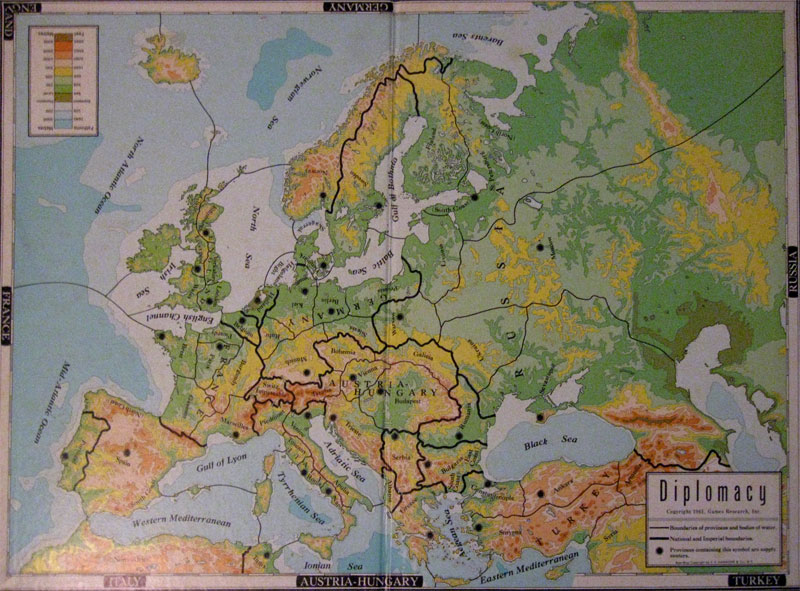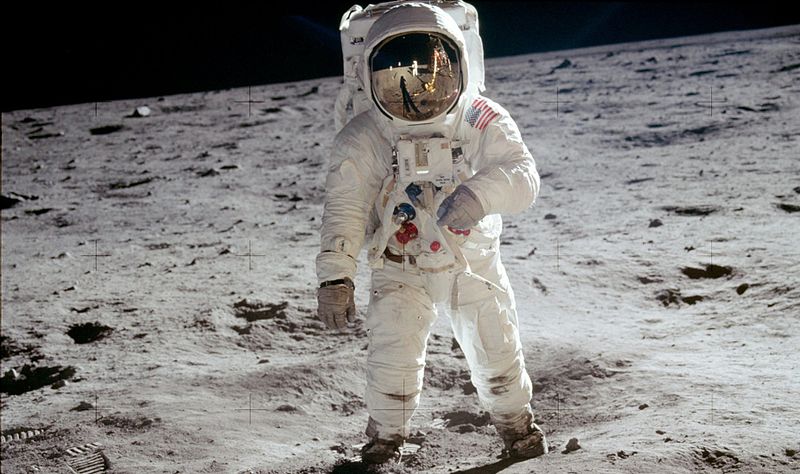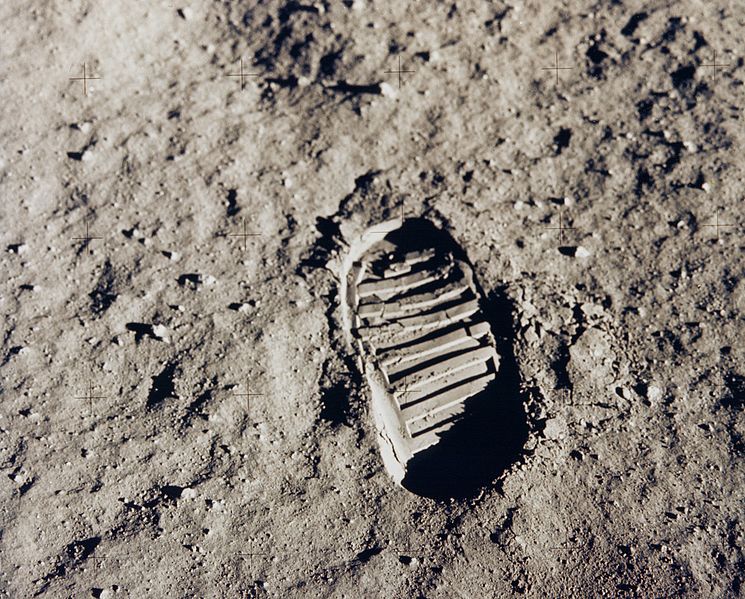Last week, Chris Edwards posted a short article at the Cato@Liberty blog, discussing the long history of government malinvestment in infrastructure projects:
Most politicians are optimistic about the government’s ability to intervene and solve problems. That’s one reason why they run for office. Neocons, for example, have excessive faith that foreign intervention can fix the world, while liberals embrace the misguided idea that subsidies and regulations can boost the economy.
The Erie Canal was a misleading outlier: it was a major infrastructure project that actually succeeded in turning a profit, and it set off a string of copycat government initiatives … most of which quickly turned into expensive mistakes for state governments:
Chapter 3 of the book [Uncle Sam Can’t Count by Burton and Anita Folsom]looks at the orgy of state government canal building from the 1820s to the 1840s. Here is the basic story:
- New York State funds construction of the Erie Canal, which opens in 1825.
- The Erie Canal is a big success, which spurs canal fever across the nation and encourages other state governments to hand out subsidies. Government canal schemes are launched in Michigan, Pennsylvania, Ohio, Indiana, Maryland, and Illinois. There is particular excitement about subsidized “internal improvements” among Whig politicians, including Abraham Lincoln.
- However, politicians overestimate the demand for canals in their states and underestimate the costs and difficulty of construction. They do not recognize that the Erie Canal is uniquely practical and economic as it traverses relatively flat land and connects the Great Lakes with the Atlantic.
- Some of the state-sponsored canals are huge boondoggles and are abandoned. And other than the Erie Canal, all of the state canals sustain heavy losses, including other subsidized canals in New York.
- After the failures, numerous states privatize their infrastructure and change their constitutions to prevent politicians from wasting further money on such schemes.






